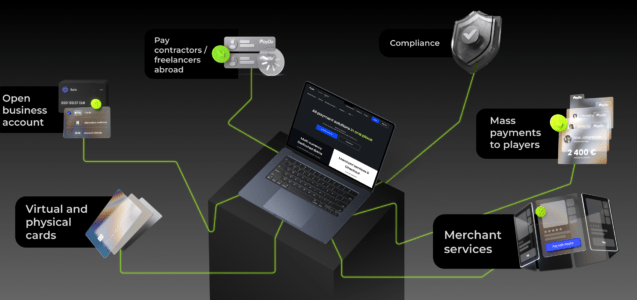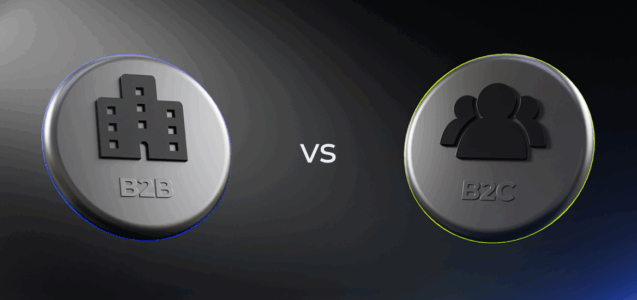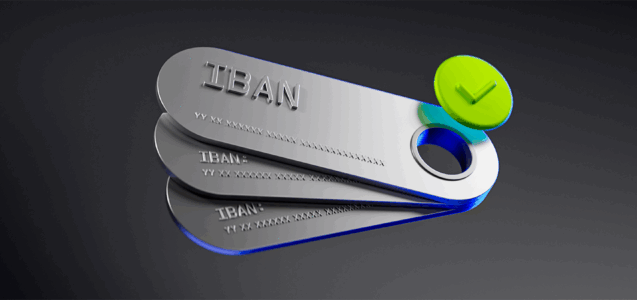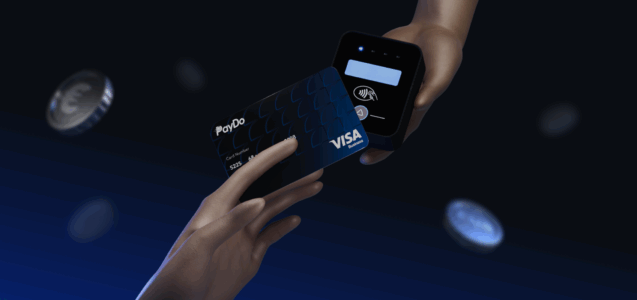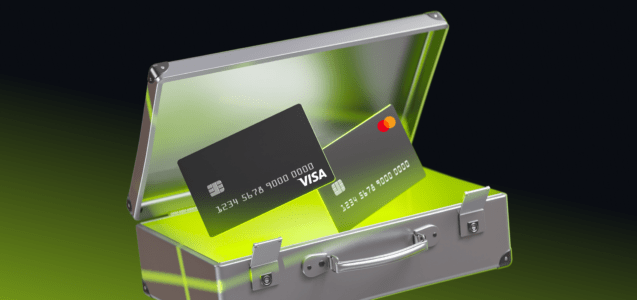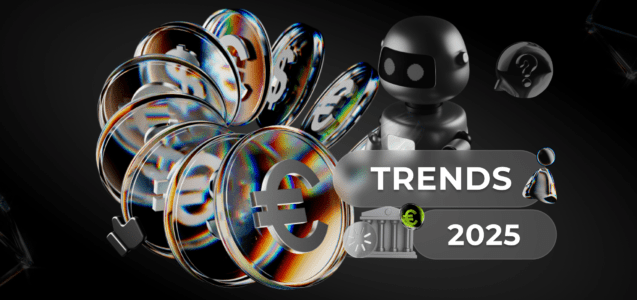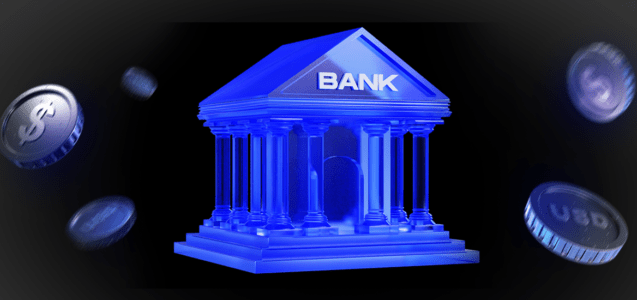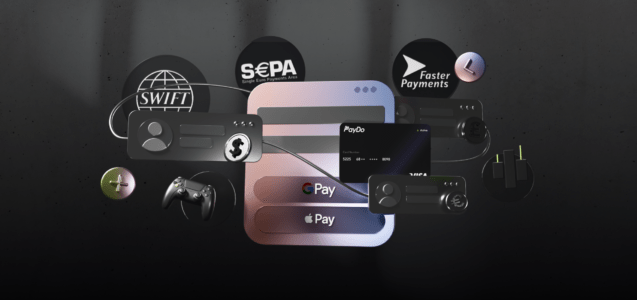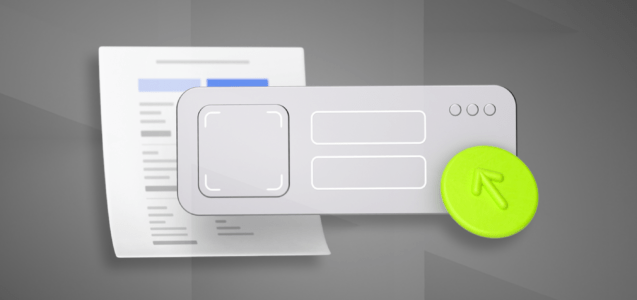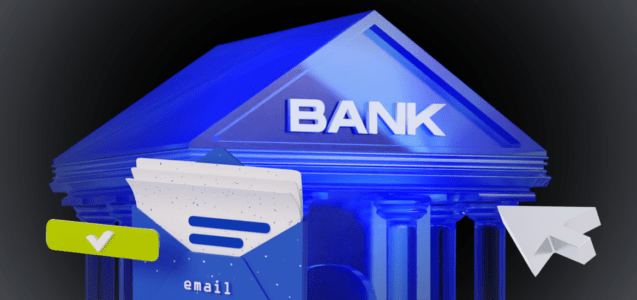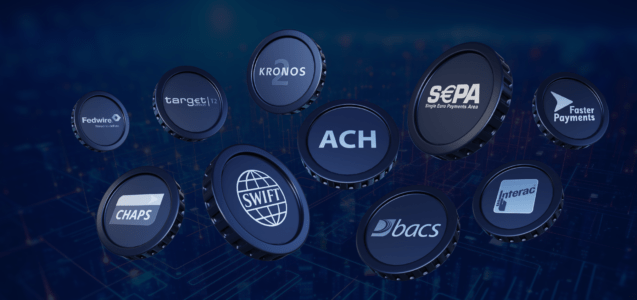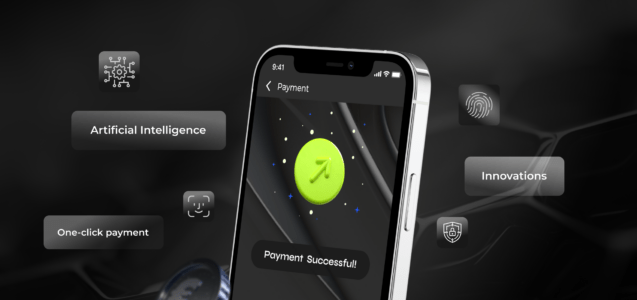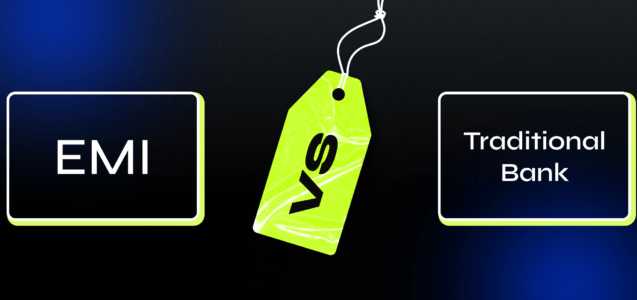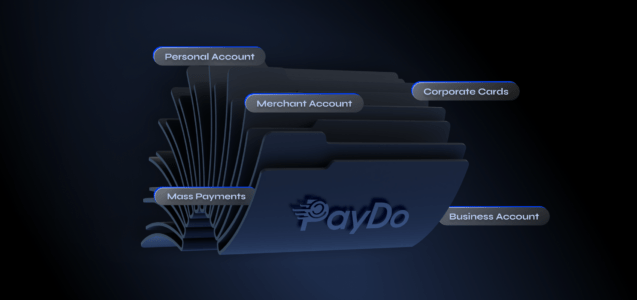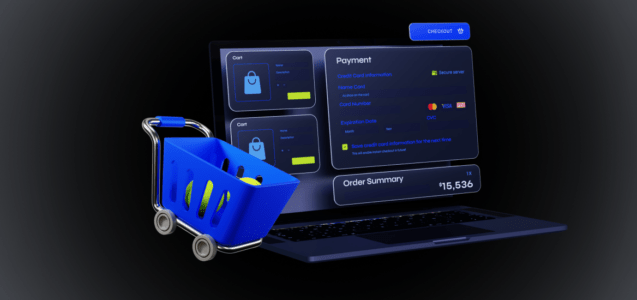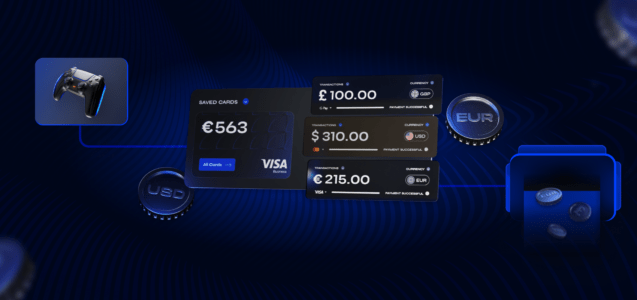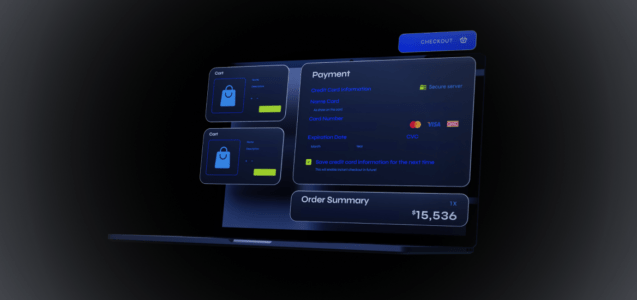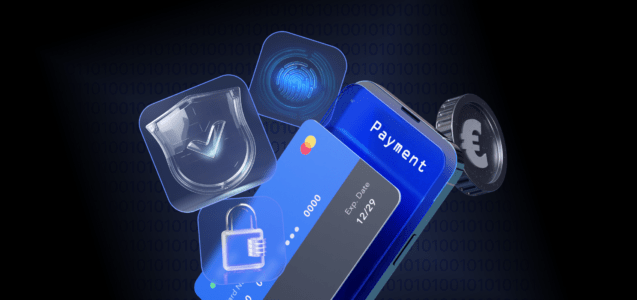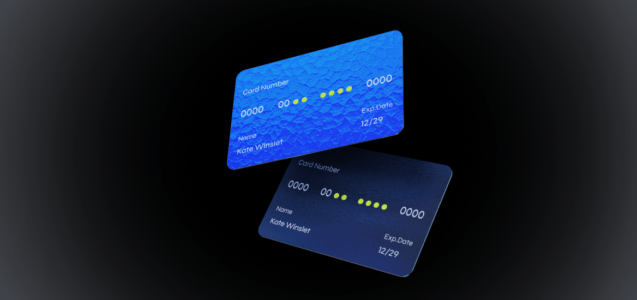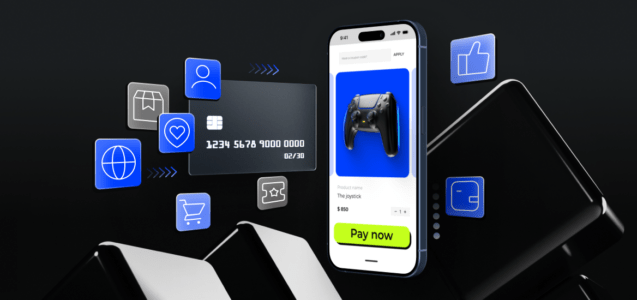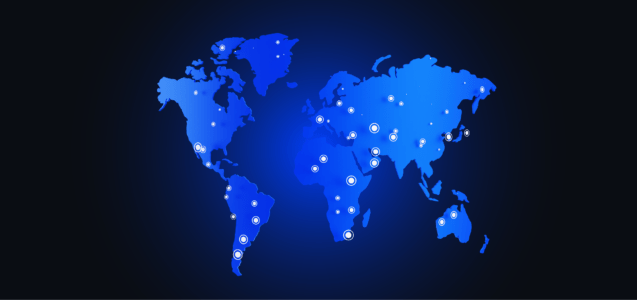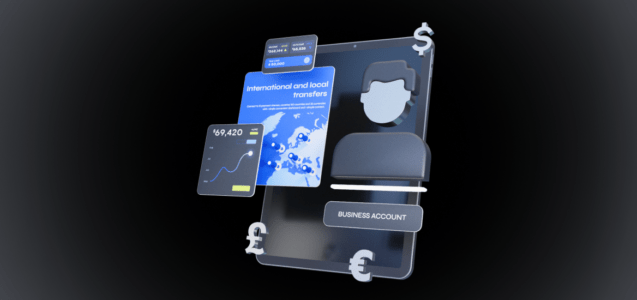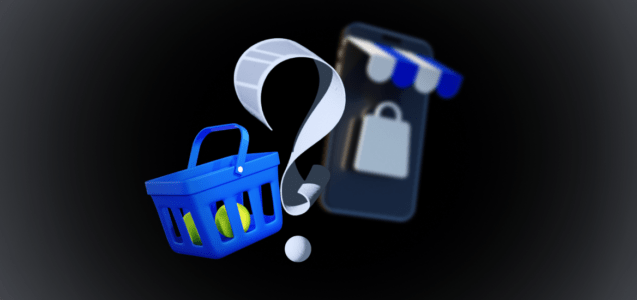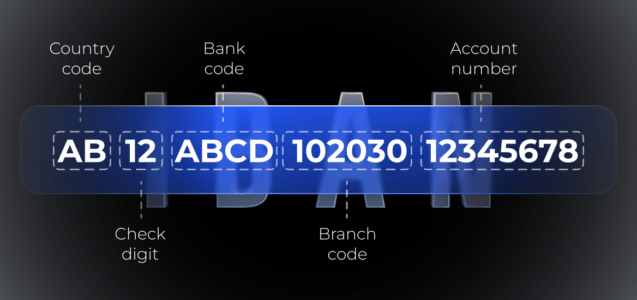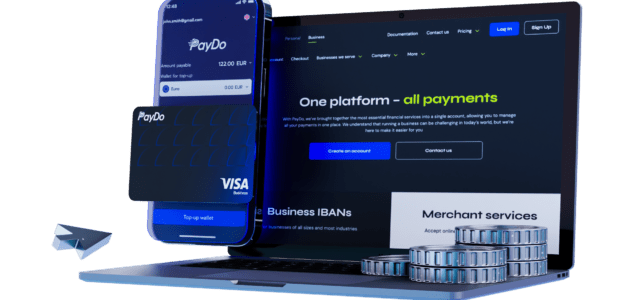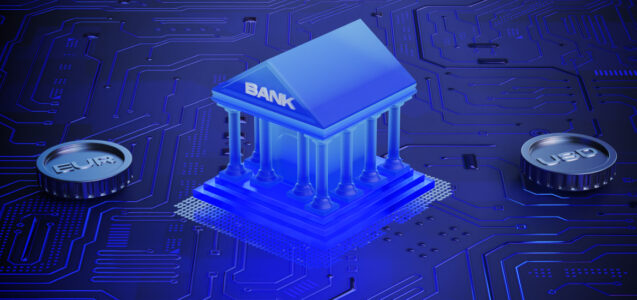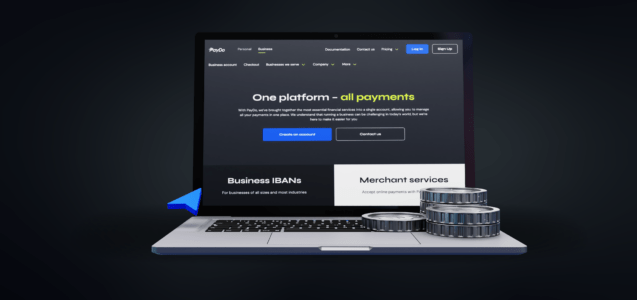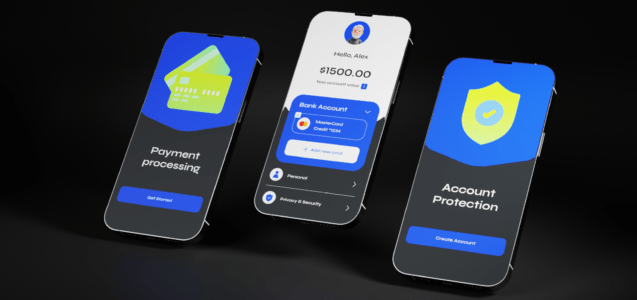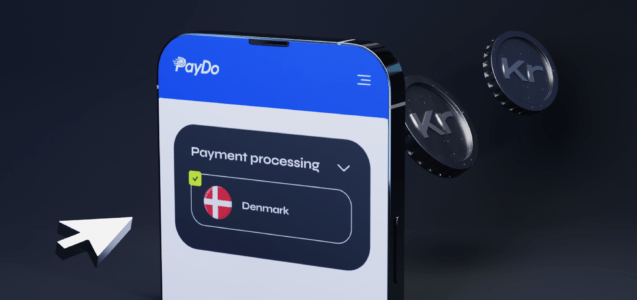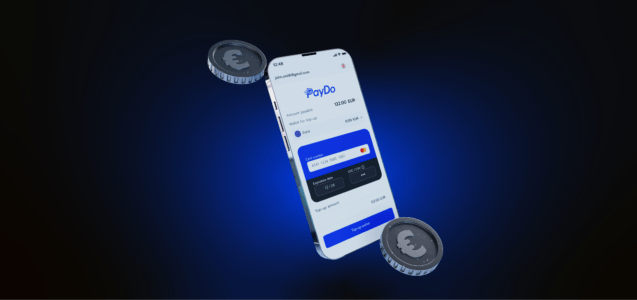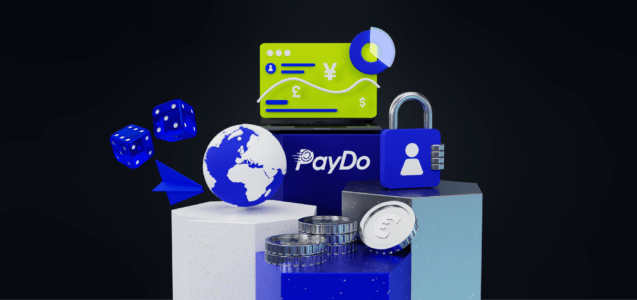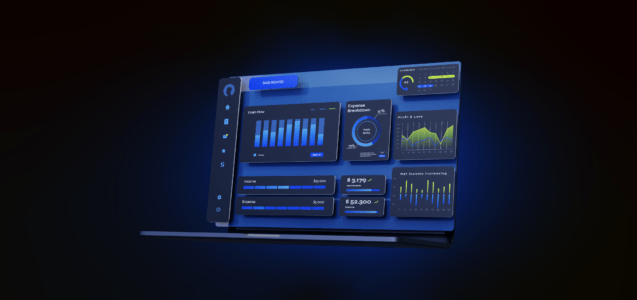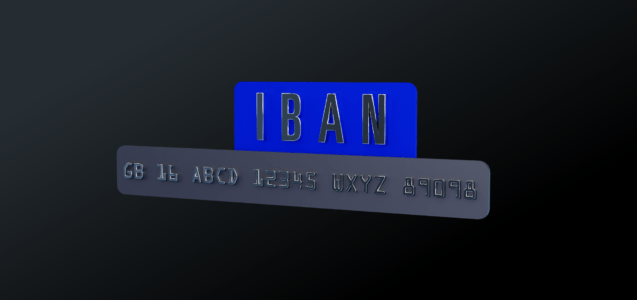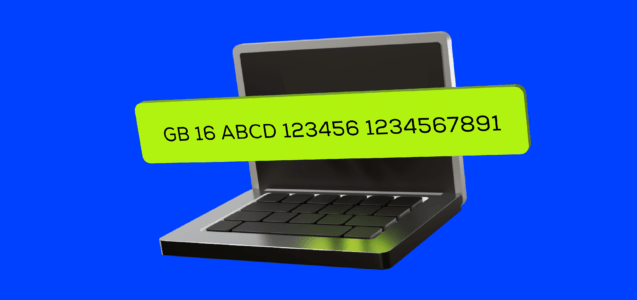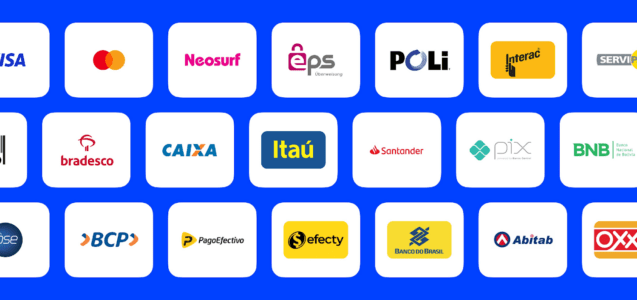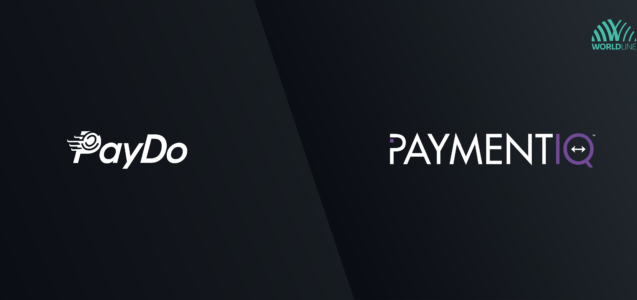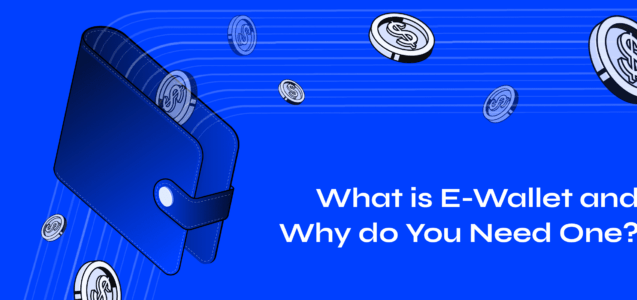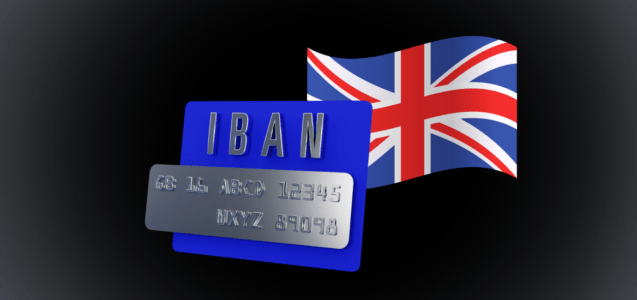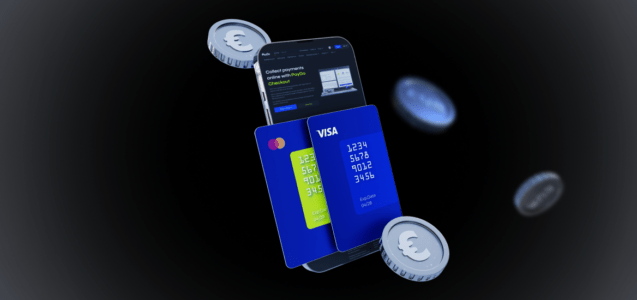How consumers and companies interact with financial services has changed dramatically in recent decades. The digital banking market reached $9.4 trillion in 2023 and is expected to reach approximately 3.6% Compound Annual Growth Rate (CAGR) from 2023 to 2032. It is safe to say that as technology advances, the traditional banking model shifts to a digital landscape. Hence, it is important to stay informed about emerging online banking trends. It will help you ensure you are well-equipped to make informed financial decisions.
Let’s look into the future and explore the top 9 online banking trends set to shape 2025 and beyond.
1. Personalisation and user-centric banking services
Adding personal touches to banking can improve how customers feel, keep them loyal, and make them happier. That is why personalisation is almost always on the list of online banking trends.
In 2021, McKinsey conducted a survey. It found that 71% of consumers want personalised experiences from businesses and brands. In addition, 76% of people feel frustrated when their needs aren’t met.
Traditional banks face challenges due to changing customer expectations and the rise of FinTechs. According to a worldwide survey by Capgemini, 75% of customers like digital services from agile fintech companies.
Nearly half of the people surveyed are unhappy with their banking relationships. Meanwhile, over half of them do not enjoy their banking experience. Additionally, 44% want services that are more customised. Banks should prioritise personalisation to keep clients and enhance satisfaction (see Fig.1).
Figure 1. Banks fail to deliver on their promises to customers
To provide personalised advice and product recommendations, banks are increasingly leveraging data analytics. The shift is happening because there is a lot of data, technology is advancing, and banks want to give customers a better experience.
In 2024, banks are expected to switch their focus from products to customers, adapting to a consumer-centric model. As industry boundaries blur, customers expect banks to offer services like other sectors do.
Banks can use data analytics to give each customer a personalised and relevant financial experience. These online banking trends increase customer satisfaction and build long-term relationships and loyalty.
2. Rise of blockchain technology

Cryptocurrency and blockchain will remain important as key online banking trends in 2024 and 2025. The Economic Times reported that there are currently 8,832 active digital currencies worldwide. Using blockchain technology in finance could save financial institutions up to $12 billion yearly.
Cryptocurrencies and blockchain have made cross-border transactions more efficient and cost-effective. It helped to diminish the reliance on traditional intermediaries. Also, central bank digital currencies (CBDCs) are gaining prominence. They give governments and financial institutions greater control over monetary policy and financial stability (see Fig.2).
Figure 2. Blockchain market statistics 2023
Blockchain-based DeFi platforms are changing how people borrow, lend, and invest in digital banking. Often based on blockchain, NFTs change how we own and trade digital assets.
Blockchain’s smart contracts automate banking processes, making loan origination and compliance way simpler. As online banking trends progress, cryptocurrency and blockchain integration are poised to redefine financial services. Overall, crypto provides new levels of efficiency, transparency, and accessibility to users worldwide.
3. AI and ML on the list of online banking trends

AI is crucial in fintech, driving a significant transformation. Advances in this technology, including machine learning, AI software development, and custom financial software, are key to fintech’s evolution.
According to Market.us projections, the Generative AI in the Fintech Market is expected to surpass $6,256 million by 2032. It marks a significant increase from its 2022 value of $865 million. Furthermore, a CAGR of 22.5% is anticipated between 2023 and 2032 (see Fig. 3).
Figure 3. AI in the Fintech market 2022-2023
Now, fintech companies are empowered by AI and ML to seize new opportunities and foster innovation in a highly competitive market. For example, these technologies have enhanced various banking processes, including payments, investments, and risk management.
Furthermore, they have also enhanced fraud detection and customer experience.
For example, companies can now use advanced tools to analyse massive volumes of transactional data. Algorithms make it possible to swiftly identify patterns indicating potential fraudulent activity and promptly flag them. This shift in focus toward fraud detection is observed in the fintech industry.
AI chatbots and virtual assistants have played a vital role in the fintech industry, enhancing customer service and improving operational efficiency. Intelligent systems are great alternatives to human customer service. They work all day and night and give quick answers to questions.
Looking ahead to 2024, the future of fintech seems promising, with AI as a key driver of its success. AI chatbots and virtual assistants will gather customer data, providing valuable insights for tailored financial services.
4. Better mobile banking experience
In 2024, the fintech landscape is anticipated to transform significantly, with mobile payments playing a pivotal role and becoming at the center of online banking trends. According to projections by Insider Intelligence, the share of mobile commerce in total retail is expected to reach 8.7% by 2026, despite the temporary surge caused by the pandemic.
The rising popularity of mobile payments in 2024 can be attributed to several factors. Juniper Research predicts that mobile device users will surpass one billion by 2024. With the rise of mobile commerce, digital wallets are expected to become the top choice for online payments. They are predicted to make up more than one-third of all global payments. People prefer mobile payments because they are fast and safe. They make transactions easier.
Furthermore, with the rise of 5G technology, mobile device payments are becoming easier and more convenient for global users.

More about 5G
As per the GSMA data, 5G constituted 8% of global mobile connections in 2021, with lower shares in many regions. Anticipated projections suggest that by 2025, one out of every four mobile connections will be on a 5G network (see Fig. 4).
The rise of 5G technology is expected to enhance the mobile banking experience in several ways significantly:
- The most obvious advantage is the speed. 5G offers significantly faster data speeds compared to its predecessors. This means quicker download and upload times for users, leading to a more seamless and efficient mobile banking experience.
- 5G can support more advanced technologies like AR and VR, allowing for the creation of immersive and engaging user interfaces. Mobile banking apps could use these technologies for interactive financial planning, personalised experiences, or even virtual consultations with financial advisors.
Figure 4. The state of 5G 2021-2025
Evidence points out that 84% of customers utilise online banking, and 72% rely on mobile phone apps as their primary means of connecting with banks. Traditional institutions must enhance their innovation efforts to deliver a user-friendly mobile experience.
In short, using 5G technology and new mobile banking app development and online banking trends will transform how people use financial services. Mobile phone banking in the future will be faster, more secure, and offer personalised experiences. It will also be more immersive with advanced technology.
5. Growth of contactless payments
The global contactless payment market was worth $29.89 billion in 2022. It is predicted to grow to $132.42 billion by 2032, with an annual growth rate of 16.1% from 2023 to 2032. Here are some reasons behind this growth (see Fig. 5).
Figure 5. Contactless payments market size 2022-2032
Near Field Communication (NFC) and Radio-Frequency Identification (RFID) technologies are important for the growth of contactless payments. These technologies allow devices to securely communicate, helping users to make transactions with contactless cards or phones quickly.
Contactless payment has grown because merchants, banks, and payment providers invested in it. The expansion has made people more likely to use contactless payments.
Tokenization and biometric authentication have increased consumer trust in contactless payment methods. Users feel safer with their financial transactions because they think it’s more secure. This encourages adoption.
Contactless payments have changed how consumers behave and what they expect from finance. The convenience and speed offered by contactless transactions have become essential to the modern consumer experience. This is because people prefer the efficiency of contactless payments over traditional methods. This is why online banking trends are unthinkable without NFC right now.
6. New horizons in cybersecurity and data protection
As per IBM Cost of Data Breach Report 2023, financial organisations lose about $5.9 million per data breach, which is 28% higher than the global average. Regulatory concerns also impact how financial companies respond to cyberattacks and where they invest to reduce overall risk (see Fig. 6).
Figure 6. Cost of data breach by industry in 2022-2023
Payment companies find themselves engaged in a global competition against increasingly sophisticated malicious actors orchestrating scams. These financial institutions’ stakes are particularly high, urging them to fortify their risk-based strategies to minimise or eradicate fraudulent payment requests.
According to research by IBM, 51% of companies intend to boost spending following a data breach, while 49% do not plan to increase it. Among those increasing spending, the most common investments include Incident Response (IR) plans and testing at 51%, closely followed by employee training at 46%.
Internally, organisations increasingly adopt security AI and automation, realising significant cost savings. Among surveyed organisations, only 28% extensively use security AI and automation tools, with 33% having limited use. This indicates that nearly 4 in 10 organisations still heavily rely on manual inputs in their security operations.
Enhancing their anti-fraud capabilities involves leveraging generative AI technologies and incorporating third-party data. By utilising these tools, payment institutions can train their authentication and fraud detection models to anticipate criminals’ tactics and avoid their advancements in 2024 and beyond. Battling fraud and boosting security are online banking trends businesses cannot afford to avoid.
7. Integration of sustainable and ethical banking practices

Today, customers want their favourite brands to care about society and the environment. Many modern customers are willing to support causes and prefer institutions that share these values.
Traditional banking practices have often been associated with environmental impact and ethical concerns. The banking industry is being criticised for causing harm to the environment and society. This happens because we use too much paper and invest in industries with questionable ethics.
This holds particularly true for the world’s 60 largest leading banks, as highlighted in a Banktrack report. From 2016 to 2020, banks put $3.8 trillion into coal, oil, and natural gas projects, which threatens the Paris Climate Agreement.
Large banks are starting to use Green Banking principles, which brings hope for an economy focused on renewable energy. Banks should focus on climate challenges and see the benefits of climate resilience and clean energy, not just making money.
Green banking initiatives are becoming more popular. They want to reduce the environmental impact of financial activities. Online platforms are adopting eco-friendly practices like digital statements and electronic document signing. They are also striving for carbon-neutral operations. These actions help us achieve our sustainability goals and make online banking easier and faster.
8. Banking-as-a-Service (BaaS) expansion
Modern banks are similar to grocery stores. They provide customers with various financial products like loans, debit cards, and mutual fund shares.
In the past, businesses worked together with banks to help each other. For example, appliance stores sometimes had bank stands for credit purchases. Big companies and fintech startups are now offering banking products directly to consumers. This is due to the rise of the Banking-as-a-Service (BaaS) concept.
Is BaaS really a thing right now?
As of 2022, the BaaS market is valued at an estimated $14 billion, and projections indicate substantial growth to $64.7 trillion by 2027 (see Fig. 7).
European business leaders predict that BaaS services will become widely popular in the next five years. This shift is fueled by the current crisis, where the rising cost of living emphasises the need to save on expenses. This allows businesses to provide more competitive prices, ultimately boosting sales.
Figure 7. Banking-as-a-Service statistics
Additionally, BaaS offers better customer experience and engagement, giving an advantage over competitors. Businesses can succeed in a more competitive market by adapting to these changes.
9. Adoption of cloud computing
The global cloud computing market achieved a significant valuation of $483.98 billion in 2022. Moreover, forecasts also indicate a strong CAGR of 14.1% from 2023 to 2030 (see Fig. 8).
Cloud computing helps large businesses perform better, leading to growth. The rise of hybrid models, Omni-cloud systems, and pay-as-you-go structures fuels this expansion.
Figure 8. Cloud computing market 2020-2030
Cloud services are becoming more popular and are changing how businesses operate worldwide.
The technology is also making significant strides in digital banking. The finance sector is likely to start using cloud computing in 2024. It’s cost-effective, scalable, and improves productivity, speed, security, reliability, and convenience.
Why cloud computing?
Cloud service providers help banks protect sensitive data during disasters and eliminate large data pools. The technology also removes the need for physical servers and the associated management.
Cloud computing is a crucial moment in banking. It solves challenges from traditional systems and puts banks at the forefront of technology. Cloud technology is expected to improve, shaping banking to be more scalable, efficient, and secure.
PayDo at the forefront of online banking trends
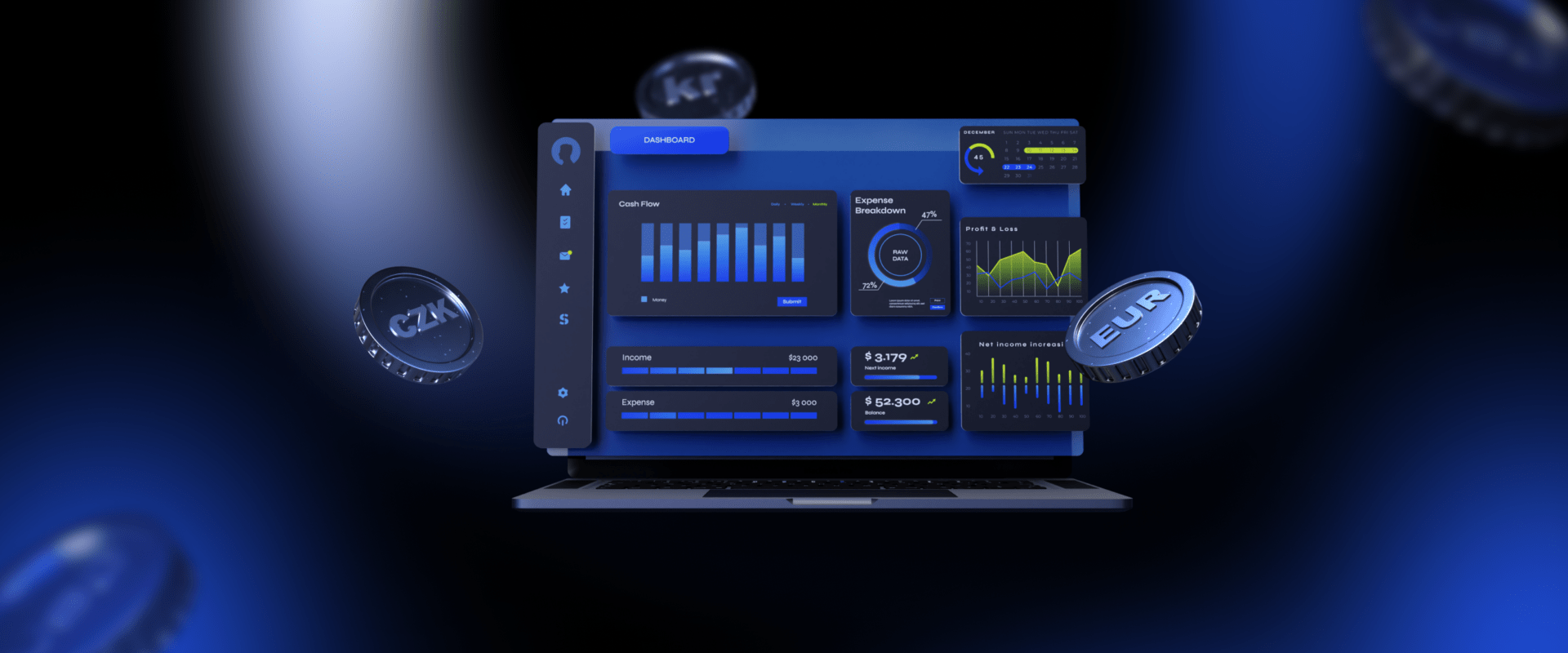
At PayDo, we recognise the importance of online banking trends and do our best to offer personalised services. Our clients can benefit from a hassle-free user experience while maintaining secure operations.
PayDo Services
Business Account offers payment services such as accepting and sending cross-border transfers, virtual IBANs and local accounts, currency exchange, and tracking payments with reports and statements. More specifically, this product offers the following:
Business Account with a Dedicated Multicurrency IBAN
- Reome opening in 48 hours
- Quick onboarding
- Standard pack of documents
- 35+ currencies
- 150+ countries
- Cross-border, SEPA, and seven more payment schemes
Merchant Services
- No chargebacks
- No holds
- No rolling reserve
- Easy API integration
- 350+ payment methods
- Localization
- Instant settlements
- Conversion rate > 98%
- Unlimited websites
Mass Payouts
- Automatic payouts without any manual inputs
- Customers receive their funds without fees
Virtual and Physical Cards
- Offer employees personalized cards.
- Improve corporate expense management.
- No limit on issuance.
And most importantly, PayDo is high-risk friendly and designed for iGaming business:
- No volume restrictions.
- No hidden fees
- No minimal commitments
- No minimal balances
- No nonsense requirements
- All iGaming licenses (Curacao included).
- In-depth understanding of high-risk industries.
- Curacao and other licenses supported
- A dedicated account manager with extensive experience in iGaming
- Momentary payouts
- Scheduled payments
- 140+ destinations
These services can help businesses expand their reach and operate more efficiently by facilitating transactions in multiple currencies and providing access to global markets.
We take care to protect our users from any kind of deception. So we took all the necessary measures.
Security Measures
We don’t take security lightly. That is why our expert made sure PayDo is founded on an elaborate system protecting our clients’ funds and data.
- All our card payments are protected by 3D-Secure (3DS) technology.
- A powerful anti-fraud system for each approved project to protect our merchants from various types of fraud.
- PCI DSS security standard. The standard reduces payment card fraud by increasing security controls around cardholder data.
- Our company has an expert risk and financial monitoring department. The specialists in this department deal with all suspicious transactions.
Overall, PayDo offers extensive solutions for businesses and individuals, facilitating the management of financial transactions. It enables better operations and global payment transactions, ensuring a seamless user experience and top-tier security.
Summing Up
Digital banking, with its new online banking trends, has transformed the finance landscape, affecting organizations and customers. The shift has improved efficiency. It has also broadened services and elevated customer experiences.
Technology is advancing, and digital banking is also growing faster. It brings new solutions and changes in finance. In the future, digital banking will be more personalised, secure, and advanced. It will include AI, ML, blockchain, mobile phone banking, 5G, and other new technologies.
Create your PayDo Business Account with verification and onboarding taking only 48 hours.
We are ready when you are.



